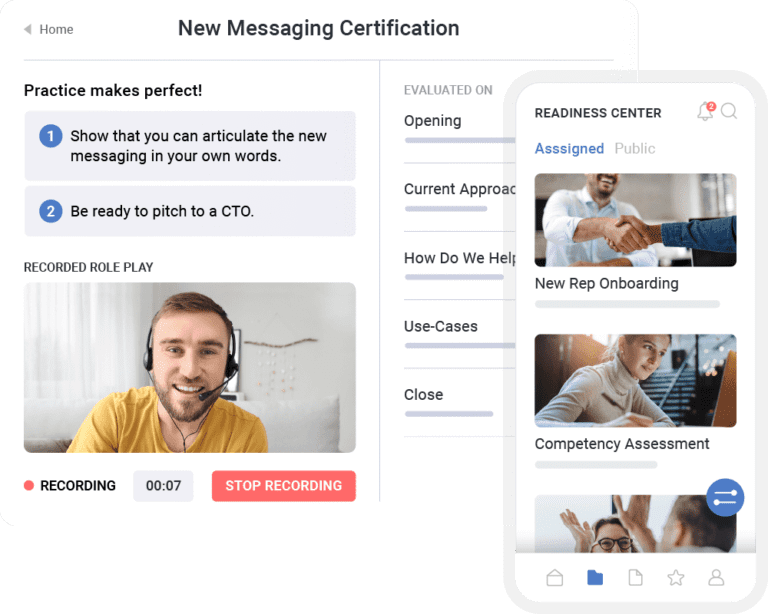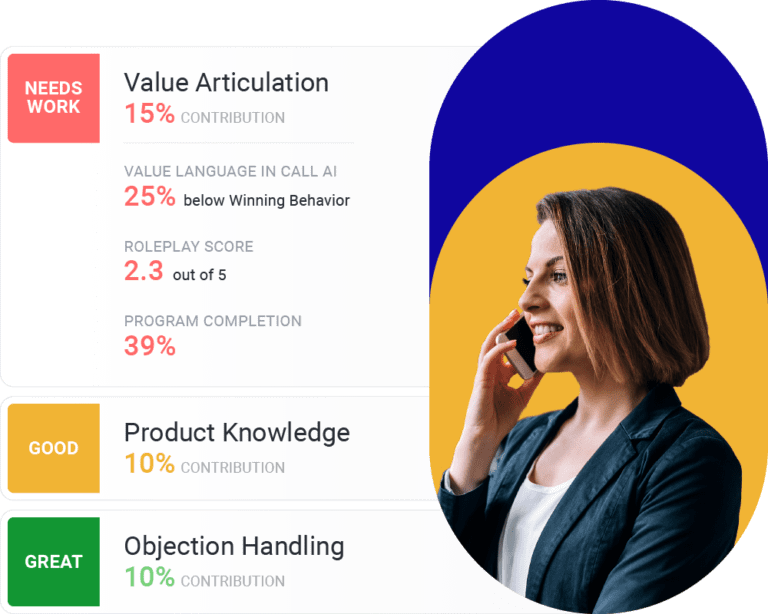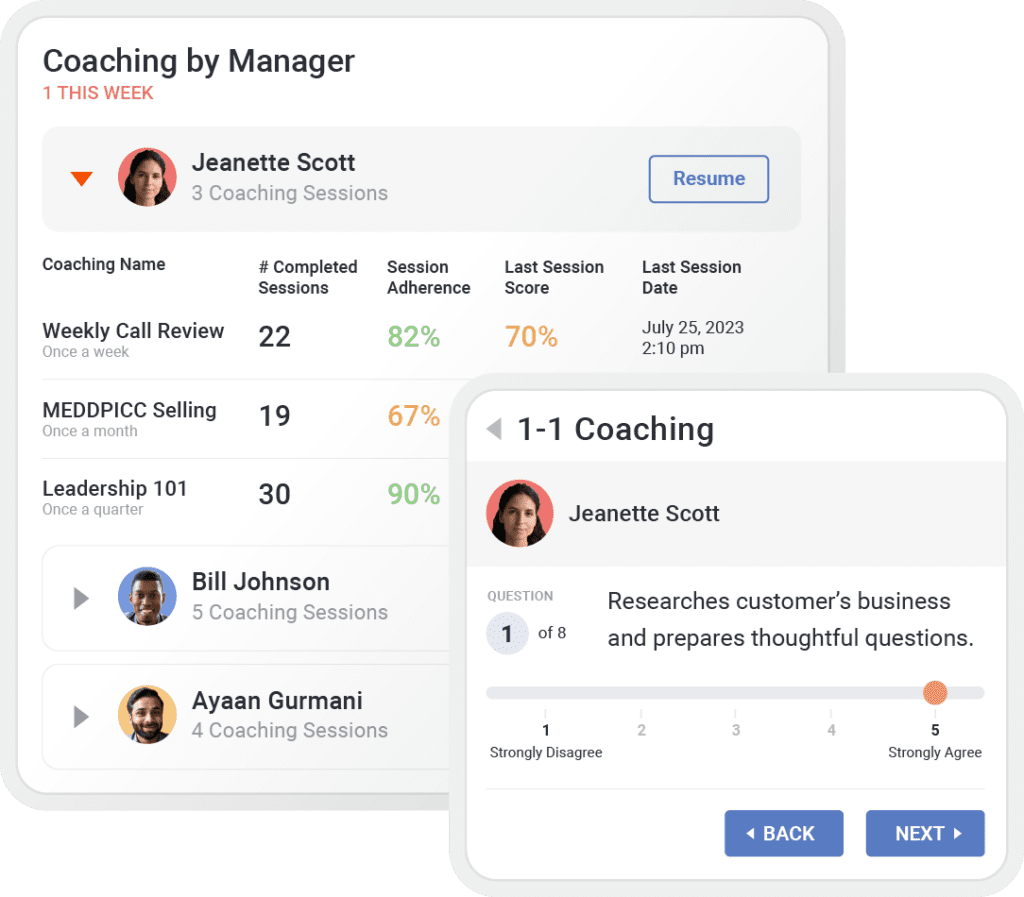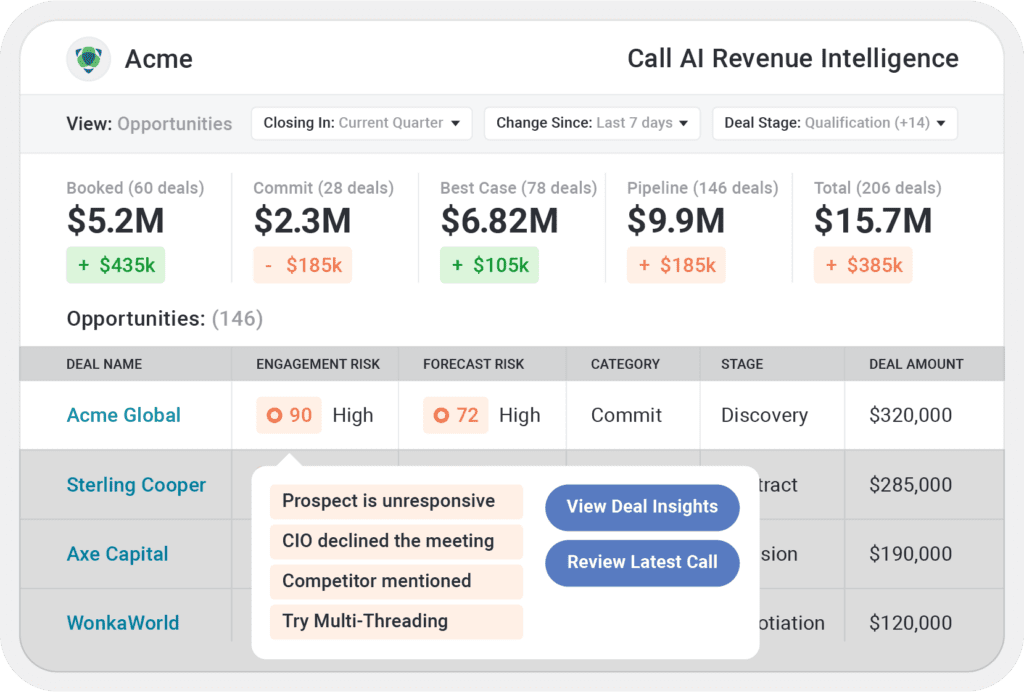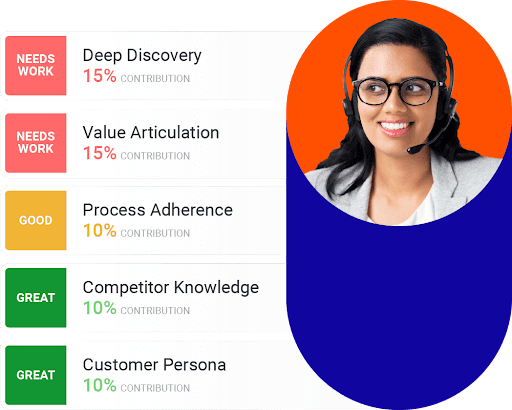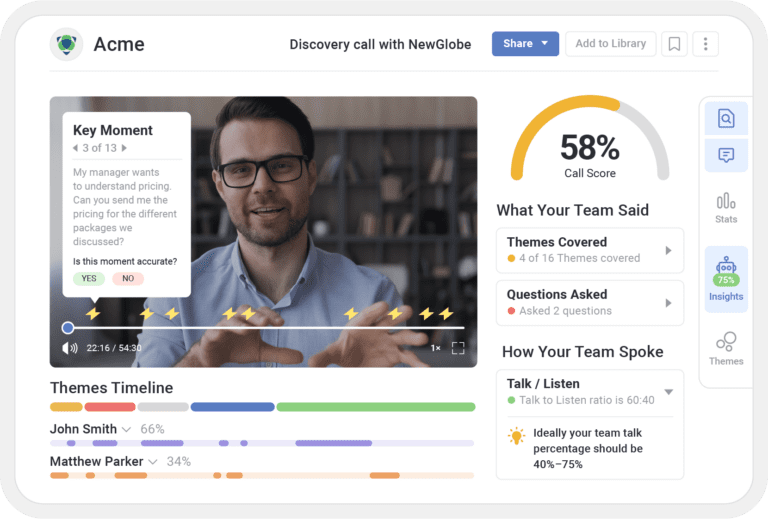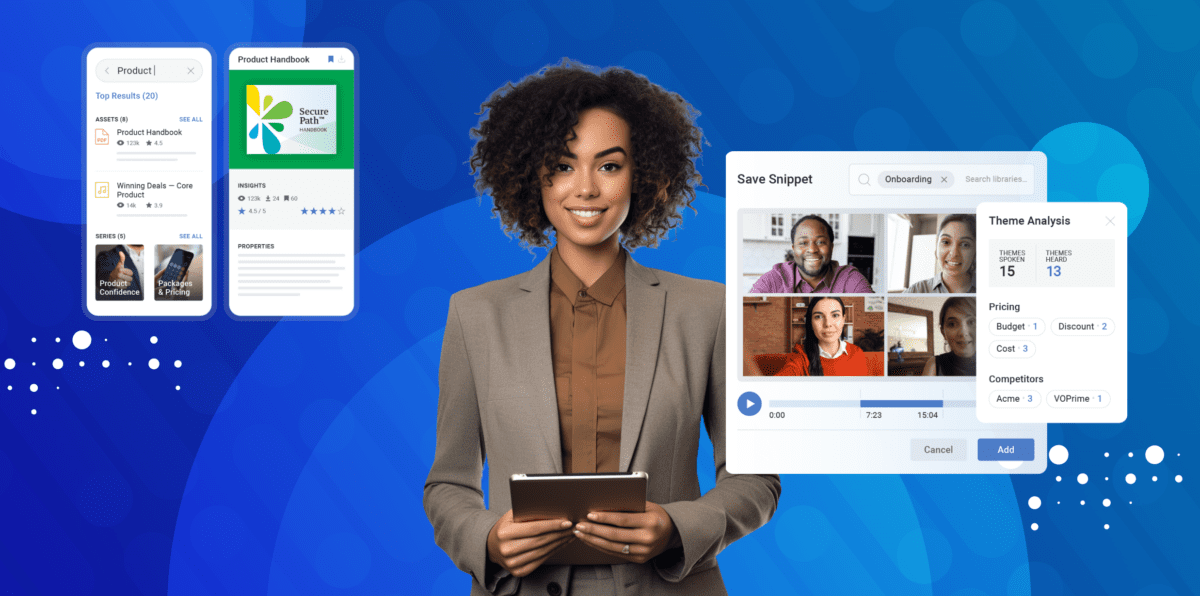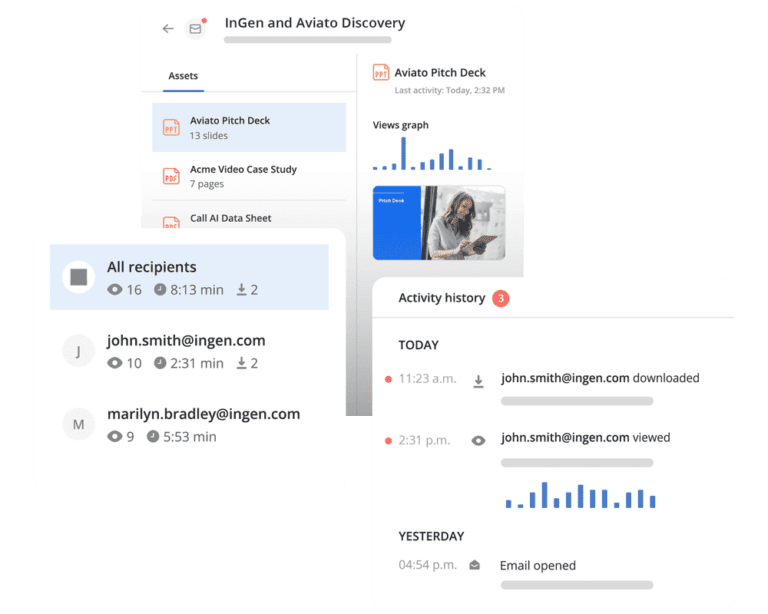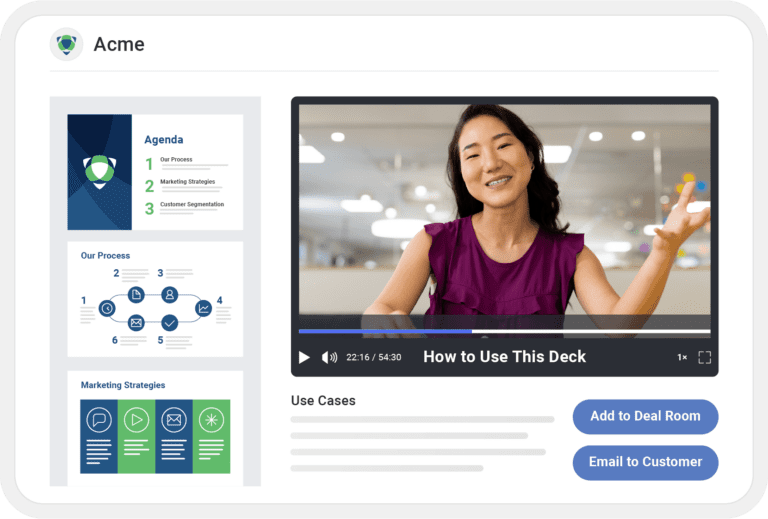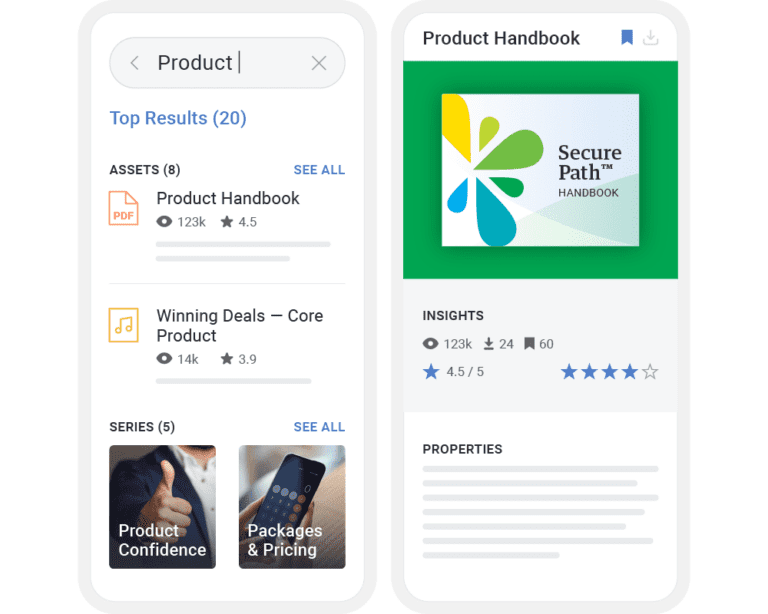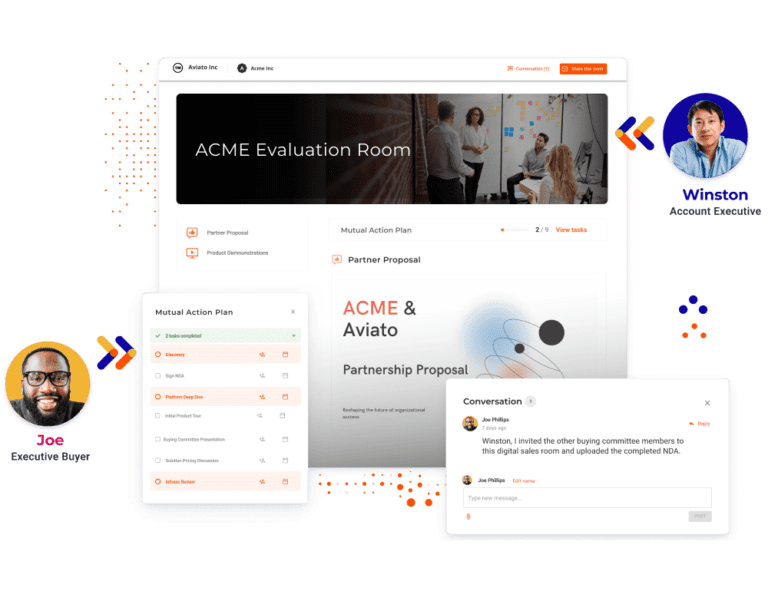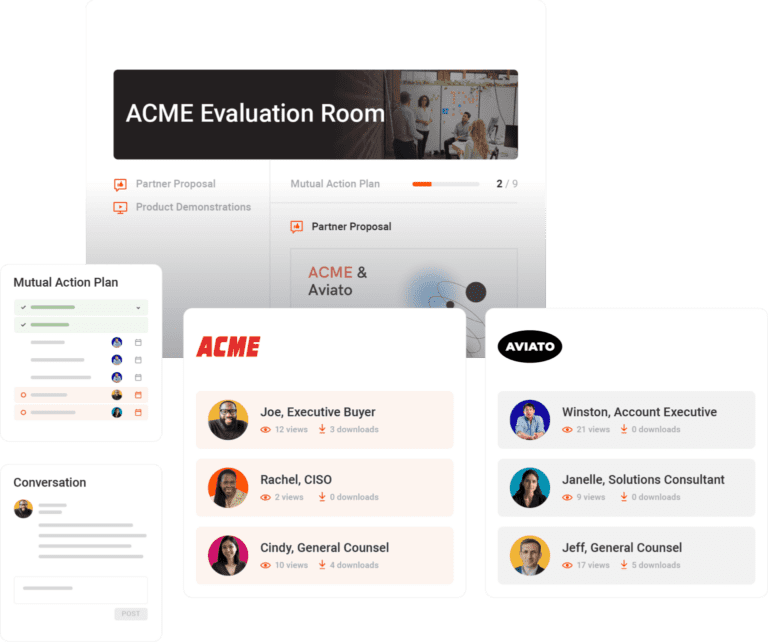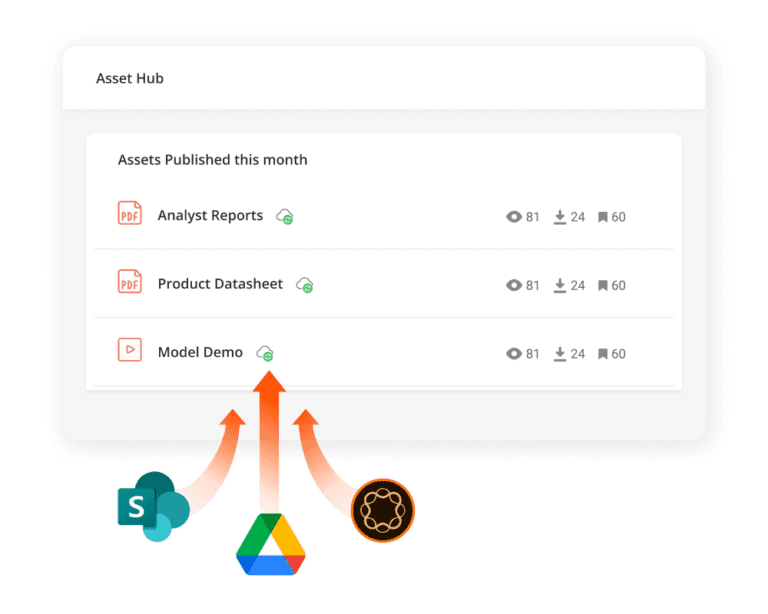Say Goodbye to Deal Delays: Discover the Power of Mindtickle’s Digital Sales Rooms
![]() Christian Pieper
on
July 10, 2024
Christian Pieper
on
July 10, 2024
When we talk to buyers and sellers about the buying/selling process, they frequently complain about the same thing: deals take longer than they need to because of friction, confusion, and opacity.
So, if buyers and sellers want the same thing, what’s stopping them from aligning around the objectives of speed, clarity, and transparency?
The truth is that deals are becoming increasingly complicated. There are more competitors to evaluate, more stakeholders to align, and more legal and regulatory requirements to meet. When multiple conversations occur across multiple email threads and different folks join each sales call, information gets siloed, and deals get delayed.
Mindtickle’s Digital Sales Rooms were built to solve this problem and drive alignment between buyers and sellers throughout even the most complex deal cycles. By consolidating all communication, call recordings, collateral, documents, etc., into one persistent, collaborative space, Mindtickle’s deal rooms keep deals on track as both parties push toward their shared objectives.
What makes digital sales rooms so powerful?
You can think of a digital sales room as a dedicated virtual conference room where buyers and sellers can collaborate, find information, and complete their buying and selling tasks.
Without a digital sales room, you can only impact a small portion of the buying process – the time you spend with buyers on calls and any time they spend reading your emails or reviewing collateral you sent over. With a dedicated deal room for the opportunity, buyers have a place to go to research, get answers to their questions, and get other stakeholders up to speed.
By making your digital sales room the easiest place for buyers to get answers about your product and competing products and giving them a place to complete their buying tasks, you can influence a greater portion of the buying decision. You’ll know what content they are looking at, what questions they’re asking, and what needs to happen to push deals forward.
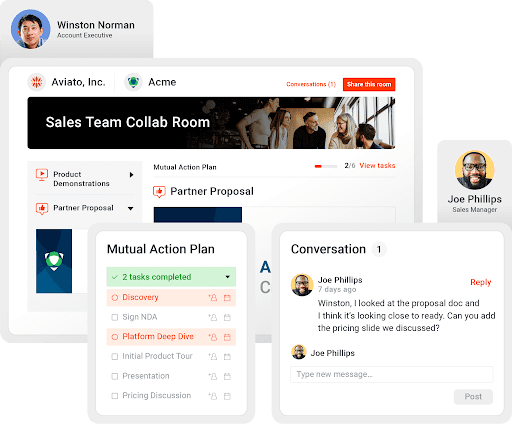

Why are Mindtickle’s digital sales rooms the best option for modern sales orgs?
Unlike other deal room offerings in the market, Mindtickle’s digital sales rooms allow for unlimited collaboration between unlimited participants on both the buying and selling sides. The rooms maintain a static link throughout the entire customer lifecycle, so the same room can be used pre-sale (for deal acceleration) and post-sale (for implementation and customer success) and simply swap ownership from an account executive to a success manager.
Mindtickle’s deal rooms boast best-in-class analytics, including granular engagement data on all room visitors and their content interactions. Even when someone you haven’t already met from a buying organization visits a digital sales room, Mindtickle automatically enriches that contact and writes it to the CRM opportunity record, so you always know who is involved in the deals you’re working.
What makes Mindtickle’s digital sales rooms special is how much sellers love using them. As Mindtickle customer Sirion discovered, their reps took so quickly to making deal rooms that they reached over 50% utilization in new deals within 90 days of launch. This is not a unique case. digital sales rooms are Mindtickle’s most highly adopted product, and they have been shown to drive adoption in other areas of Mindtickle’s comprehensive revenue enablement platform.


What benefits are Mindtickle’s customers seeing from digital sales rooms?
At a recent Sales Enablement Society event in New York, Mindtickle hosted a session with Digger McElligott, the Vice President of Sales at Paytronix, to discuss Paytronix’s success with Mindtickle’s digital sales rooms. Digger discussed his sales org’s aggressive goal to double their win rates in 2024 and highlighted that they’re getting ⅓ of the way there simply by using digital sales rooms.
Aside from Sirion’s adoption metrics we discussed earlier, they’ve also enjoyed significant gains in buyer engagement. In one deal with a Fortune 100 tech company, they received over 100 visitors from the buying organization to their digital sales room powered by Mindtickle, logging over 1000 hours of total self-service engagement. And because Mindtickle’s deal rooms enriched those contacts and tracked all the engagements, they knew exactly who looked at which pages and slides for how long in every one of those visits.
Once digital sales rooms are enabled, we see a greater than 200% increase in content utilization across our entire customer base. With all the data that content utilization generates, marketers can understand how their message is resonating and take action to optimize their content strategy accordingly.
Mindtickle’s digital sales rooms aren’t just for sales anymore.
While our customers continue to see increases in win rates and buyer engagement, what’s been perhaps the most exciting development is learning about all of the unexpected use cases they are discovering for Mindtickle’s flexible deal rooms:
- Marketing teams are using them to replace landing pages as more engaging and dynamic lead-generation assets.
- Enablement teams are setting up rooms for groups of new employees onboarding together. They use the room to build community, work on group projects, and track their progress through onboarding.
HR teams use the rooms to recruit new hires, send offers, and track each candidate’s engagement with the hiring materials.
Success orgs are setting up customer groups and generating collaborative interaction in shared rooms.
Ultimately, whenever you need a persistent shared space for digital interaction and collaboration, Mindtickle’s digital sales rooms give you exactly that, whether for internal or external audiences.
Best practices for leveraging digital sales rooms
Here are a few tips we’ve compiled to make sure you get the most out of your Mindtickle-powered digital sales rooms:
Mindtickle’s deal rooms leverage a template library to make it simple for sellers to launch new rooms in minutes. Keep the process simple and manageable by making templates for the most common product packages, personas, verticals, etc., so when a seller scores a new opp, they can easily find the right template and get a room out immediately.
With just a click or two, a rep can add a mutual action plan to any digital sales room powered by Mindtickle. Start from a standard template for your sales process and customize it as needed to reflect the buyer’s intended journey. Assign tasks to buyers or sellers, track milestones, and set due dates to ensure deals stay on track. And when they don’t, you’ll know exactly what’s holding it up.
Invite sellers who built rooms that generated the most alignment in key deals to show off their rooms. You’ll incentivize your team to push the envelope in creating engaging, bespoke rooms. You can even create templates based on the best-performing rooms.
Ready to start seeing those increased win rates? Ready to start generating twice as much engagement with your thoughtfully built content? Contact us today to learn more about digital sales rooms powered by Mindtickle. Talk with one of our reps, and they’ll create a room just for you to see it in action.
Digital Sales Rooms in Mindtickle
See how Mindtickle’s Digital Sales Rooms can eliminate deal delays and boost your sales efficiency.
Get a Demo


